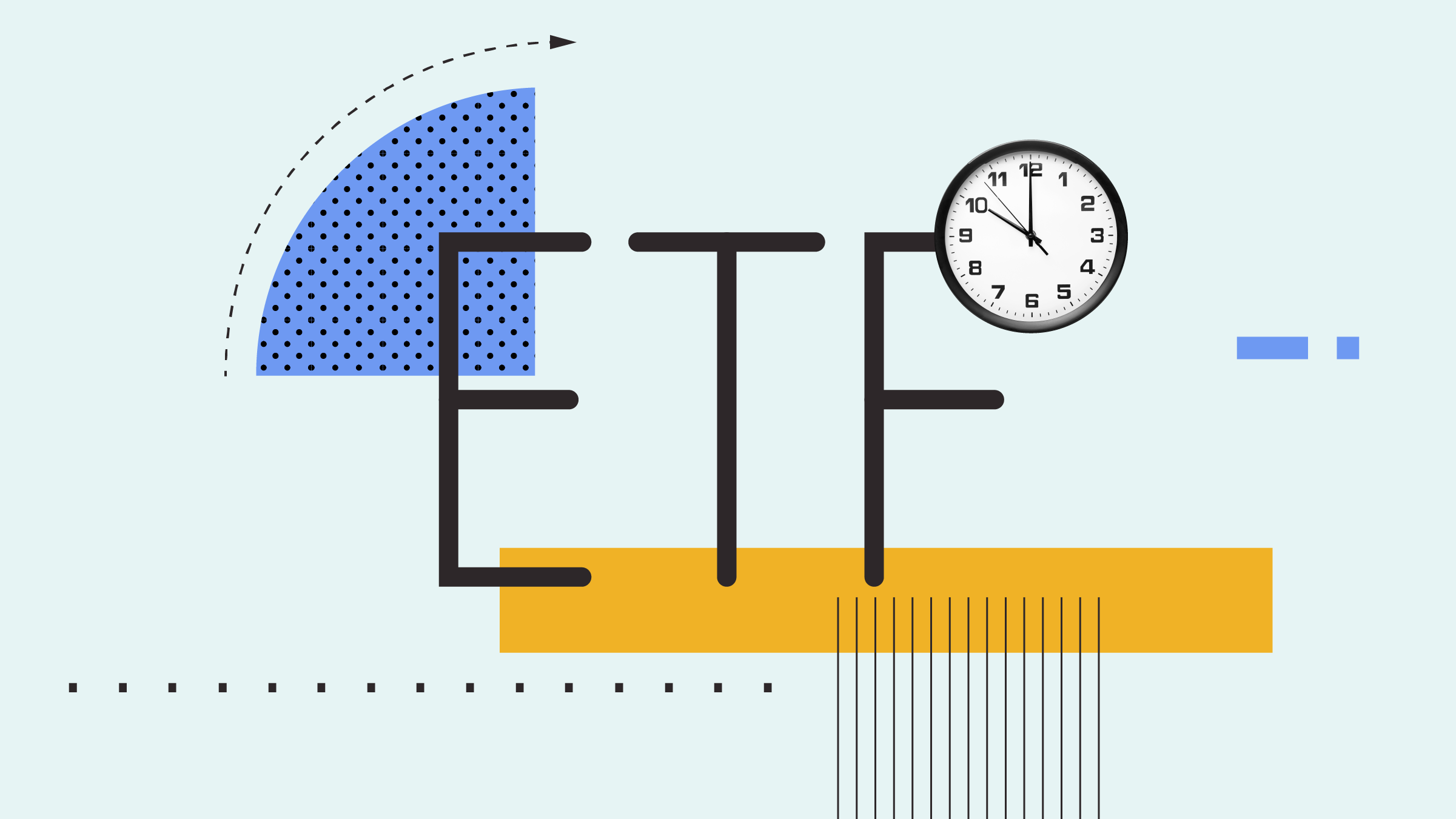Karen Wallace: Investors have come to rely on Morningstar's forward-looking analyst ratings as crucial inputs for screening investments and making buy and sell decisions. The Morningstar quantitative rating for funds greatly expands the number of funds that receive medal ratings. And now, we've enhanced those quantitative ratings by adding written reports that help investors understand the fund's potential risks and rewards and why the fund receives the rating it does.
Here to answer some questions is Tim Strauts. He is Director of Morningstar's Quantitative Research group. Tim, thanks for being here.
Timothy Strauts: Thanks for having me.
Wallace: So, Tim, I'm going to start out with some pretty basic questions. First, what is the Morningstar quantitative rating?
Strauts: Quantitative rating is a machine learning model which is meant to mimic how our analysts would rate a fund if they are actually covering that fund. So,– the system does – it looks at the last five years of our analyst ratings decisions. And then, we collected all the input data that was available to those analysts when they made those decisions. And so, the machine learning model tries to connect the data to the decisions and what were the correlations in the data that would predict an analyst's maybe a positive or a negative rating. So, once we've trained that machine learning model, we now have a system where we can just feed a new fund, which our analysts aren't covering, all the data that's available and what comes out the other side is a rating which is very similar to what our analysts would have done if they would have rated the fund.
Wallace: As you mentioned, I think most people are familiar with, the rigor and the depth of Morningstar's research and ratings. And they might ask is the quantitative, is this machine learning model, the quantitative rating, as effective and as reliable as the Morningstar Analyst Rating that Morningstar's Manager Research analysts would actually perform? So, my question to you is, like, can people have a similar degree of confidence in the quant ratings and recommendations?
Strauts: The short answer is yes. To actually launch the quantitative rating internally at Morningstar, we had to go through very rigorous process with basically the entire firm to get everyone comfortable with the system. We back tested it over 15 years of data just to see to make sure that it was going to produce the results we wanted. Remember, you don't want to just rely on a back test. You'd like to actually look at the live results. And the rating has actually been live in the U.S. since June 2017. So, we have over three years of data that we can actually point to as efficacy for the system.
So, as you can see in the chart, here, we're looking at global mutual funds and ETF performance in an event study. So, when looking at performance, we always want to compare performance versus a benchmark, because if a fund got 10% return, is that good or is that bad? Well, that's bad if all the comparable funds got 20% returns and that would be good if all the comparable funds got 0% returns. So, we always want to compare performance versus a benchmark. And in this case, we're comparing the performance of the fund versus its category average. So, the performance is, returns minus category average. So, a positive number on the chart means that the fund is outperforming, and a negative number would mean the fund is underperforming.
So, in an event study, we're doing is we're aggregating all the ratings in each of the rating buckets and then looking forward one month, three months, six months, 12 and 36 months to see how on average, for example, a Gold rating might do over a 36-month period. So, in the chart, you can see we got very clean monotonic sorting with Gold performing the best and Negative performing the worst. And so, you see an average Gold-rated fund 36 months after that rating comes out would outperform by a little over 2% versus its category average. Whereas a Negative-rated fund on average over 36 months would underperform by little over 1.7%. So, as you can see, the rating has done very well for investors over the last three years, and we expect that to continue going forward.
Wallace: And Tim, as we mentioned earlier, there are now written reports for each quantitatively rated fund. Can you discuss what goes into creating these analyses? Why did you decide to add these, and how can investors use these reports?
Strauts: Yeah, the quantitative rating has been out there, as I said, for over three years. But there has been something missing, because there hasn't been a written report that an investor could look upon to get justification for why we assigned that rating. Now, for example, with the analyst rating there is a full written report where the analyst goes into the full analysis and their justification for the rating. So, what we're trying to do with quantitative analysis is to create an auto generated report that provides the information to the investor as far as what is the reason behind the rating, what are the inputs that drove the rating, whether it'd be positive or negative, and we've tried to kind of mimic the analyst style in the report. So, while – in the end we try to hope that the investor couldn't even tell that it was auto generated versus written by an analyst. Now, that may not be the case today. We're definitely going to try and improve this over time. But we think what we're offering today is going to be really helpful to investors.
Wallace: So, backing up just a step, considering the report and the rating, how can investors use the quant ratings to make good investment decisions?
Strauts: Yeah, they can use the quant ratings just like they're already using the analyst ratings. They're both forward-looking ratings that are meant to predict how a fund is going to do in the future and actually have shown to be predictive of future performance. So, when creating a portfolio, you can use the ratings as a guide for selecting funds. If you're looking for a large cap growth fund, you could sort the universe by large cap growth and then look through our ratings, analyst and quant. I mean, could choose either one when making any decisions for your portfolio.
Wallace: Okay. And lastly, can you tell people where they can go to find the quantitative ratings and analysis?
Strauts: Yes, it's available in all the same locations you'd find the analyst rating or analyst rating reports, you'll also find the quantitative rating analysis, especially in our investment profile pages.
Wallace: Okay, great. Tim, thanks so much for being here to discuss this.
Strauts: Thanks for having me.
Wallace: From Morningstar, I'm Karen Wallace. Thanks for tuning in.





















